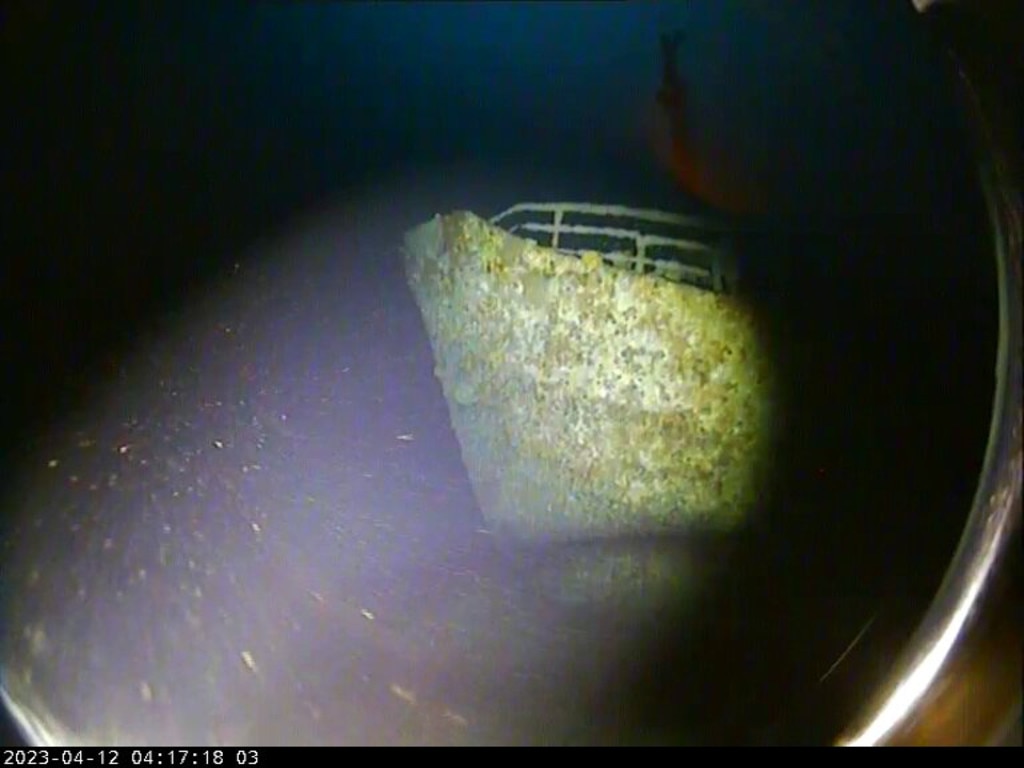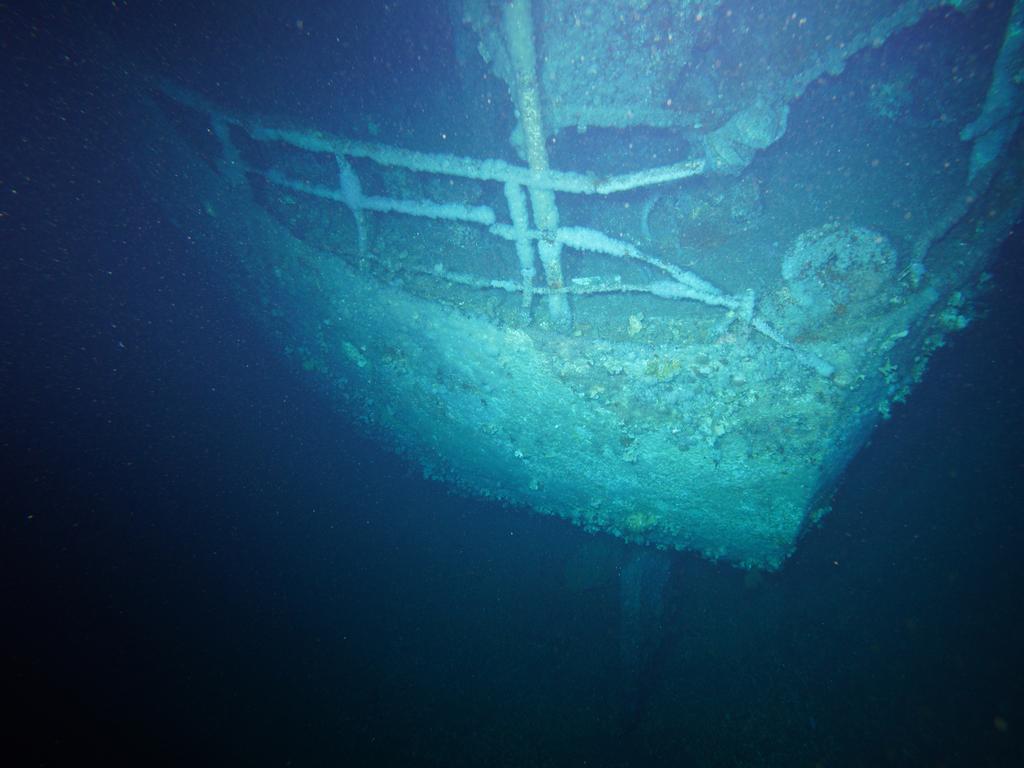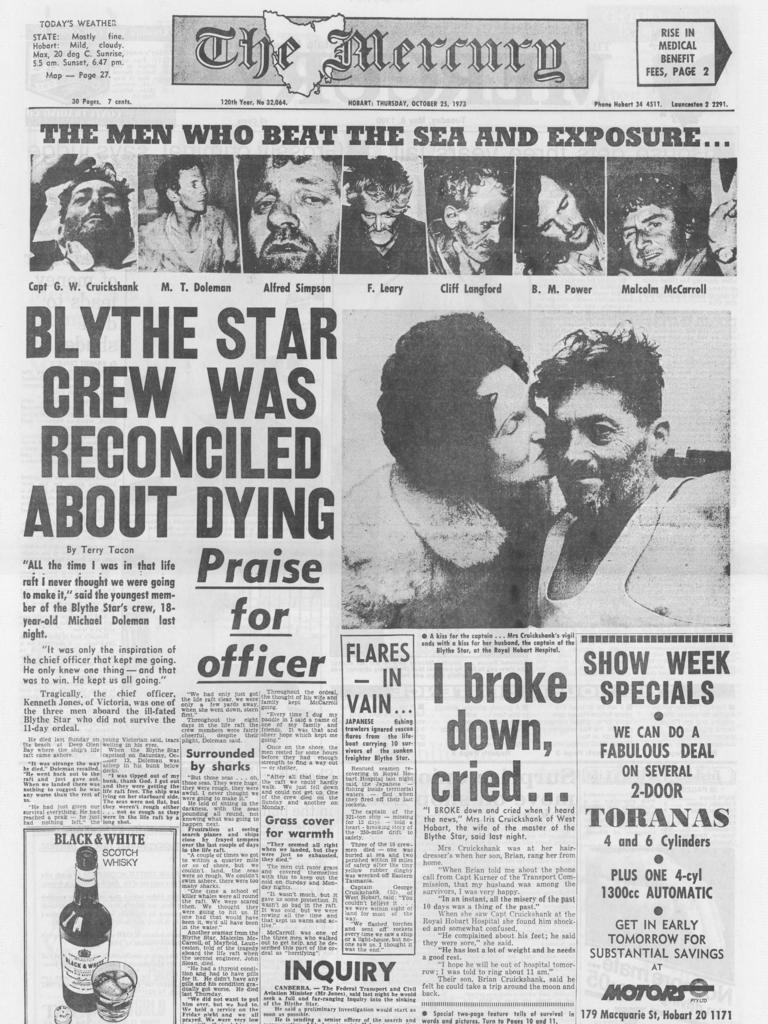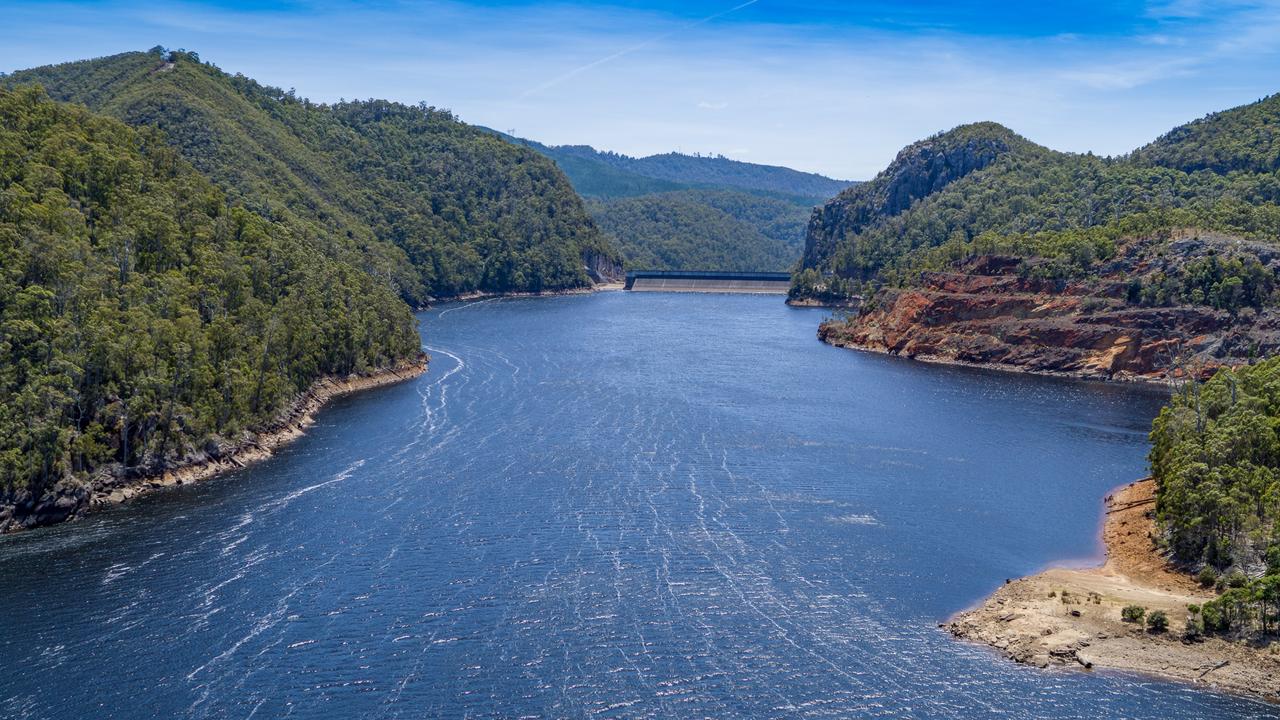CSIRO, UTAS locate wreck of MV Blythe Star, 50 years after it capsized and sank
It was one of the most enduring maritime mysteries in Australian history but now a team of Tasmanian researchers has finally located the wreck of the MV Blythe Star.

Tasmania
Don't miss out on the headlines from Tasmania. Followed categories will be added to My News.
One of the most enduring maritime mysteries in Australia’s history has finally been solved after the wreck of the MV Blythe Star was located off Tasmania’s South West Cape last month.
Bound for King Island, the Blythe Star had set out from Prince of Wales Bay with a cargo of superphosphate fertiliser and a tonne of beer in kegs when it capsized and sank off the south-west coast on October 13, 1973.
Its 10 crew members escaped into a life raft but three of them died before the survivors were ultimately rescued at Deep Glen Bay on the Tasman Peninsula 12 days later.
No trace of the Blythe Star was ever found, despite authorities carrying out the largest maritime search operation ever conducted in Australia up to that point.

That all changed on April 12 this year, when the CSIRO research vessel RV Investigator located the shipwreck about 10.5km west of South West Cape during a 38-day research voyage to study an underwater landslide off the West Coast.
Led by the University of Tasmania, the voyage included a ‘piggyback’ project to investigate an unidentified shipwreck at a depth of 150m, which fishing vessels and previous sea floor surveys had pinpointed.
Systematic mapping of the wreck was undertaken using multibeam echosounders and a visual inspection with two underwater camera systems. The data collected confirmed the wreck to be that of the Blythe Star.

Infrastructure, Transport, Regional Development and Local Government Minister, Catherine King, said the discovery had brought “some resolution to the disaster” and commended the researchers for their important work.
“The discovery now is a timely reminder of the continued dangers faced by Australia’s maritime workers and their enduring courage as they undertake nationally important and often treacherous work,” she said.
“We are grateful to CSIRO and the University of Tasmania for their work in uncovering the wreck.”

Researchers reported that the wreck was covered with algae and seaweed, teeming with sea life, and showed some signs of structural damage.
There is hope that the mapping and video footage gathered during the voyage can help answer the question of what caused the Blythe Star to sink.
In the wake of the Blythe Star incident, sweeping changes to Australia’s maritime safety laws were implemented, paving the way for improvements to the safety of seafarers.
The Blythe Star Memorial Group will hold an event in Hobart this October to commemorate the 50th anniversary of the tragedy.
Just one survivor of the Blythe Star remains: Mick Doleman, who was 18 at the time and later served as the Deputy National Secretary of the Maritime Union of Australia.
More Coverage
Originally published as CSIRO, UTAS locate wreck of MV Blythe Star, 50 years after it capsized and sank









